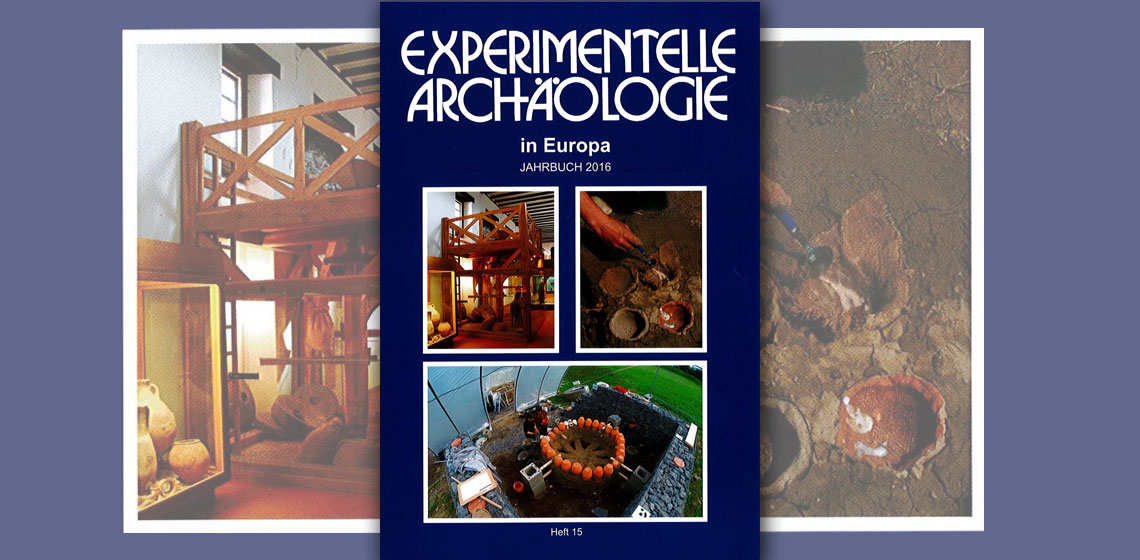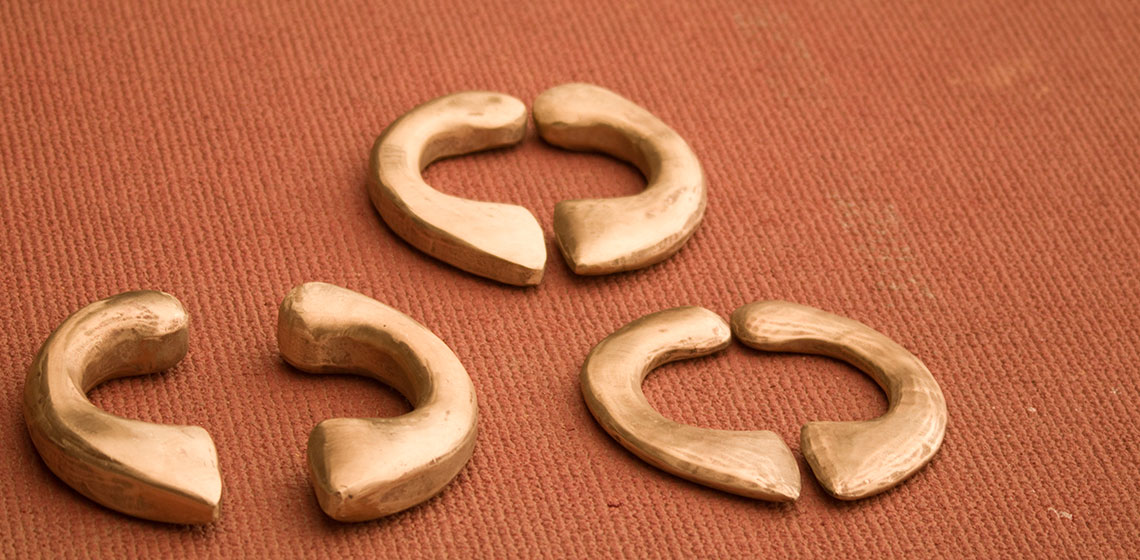Fort William Historical Park is a Canadian historical site located in Thunder Bay, Ontario, that contains a reconstruction of the Fort William fur trade post as it existed in 1816. Fort William Historical Park is located on the banks of the Kaministiquia River at Point de Meuron. This point is a few kilometres upstream from the original fort's site, Fort Kaministiquia, which has been built over as part of the city of Thunder Bay.
Numerous historic buildings have been reconstructed to show the range of the post, and costumed historical interpreters recreate Fort William of the year 1816. Fort William was then not primarily a settlement, but a central transport depot within the now-defunct North West Company's network of fur trade outposts. Due to its central role, Fort William was much larger, with more facilities than the average fur trade post. Reflecting this, Fort William Historical Park contains 42 reconstructed buildings, a reconstructed Ojibwa village, and a small farm.








![Image: The Rowand House. Source: By Dylan Kereluk from White Rock, Canada (Flickr) [CC BY 2.0 (http://creativecommons.org/licenses/by/2.0)], via Wikimedia Commons](/sites/default/files/styles/full_size_1140/public/fort_edmonton_cabin_1.jpg?itok=4RkdVJMn)
